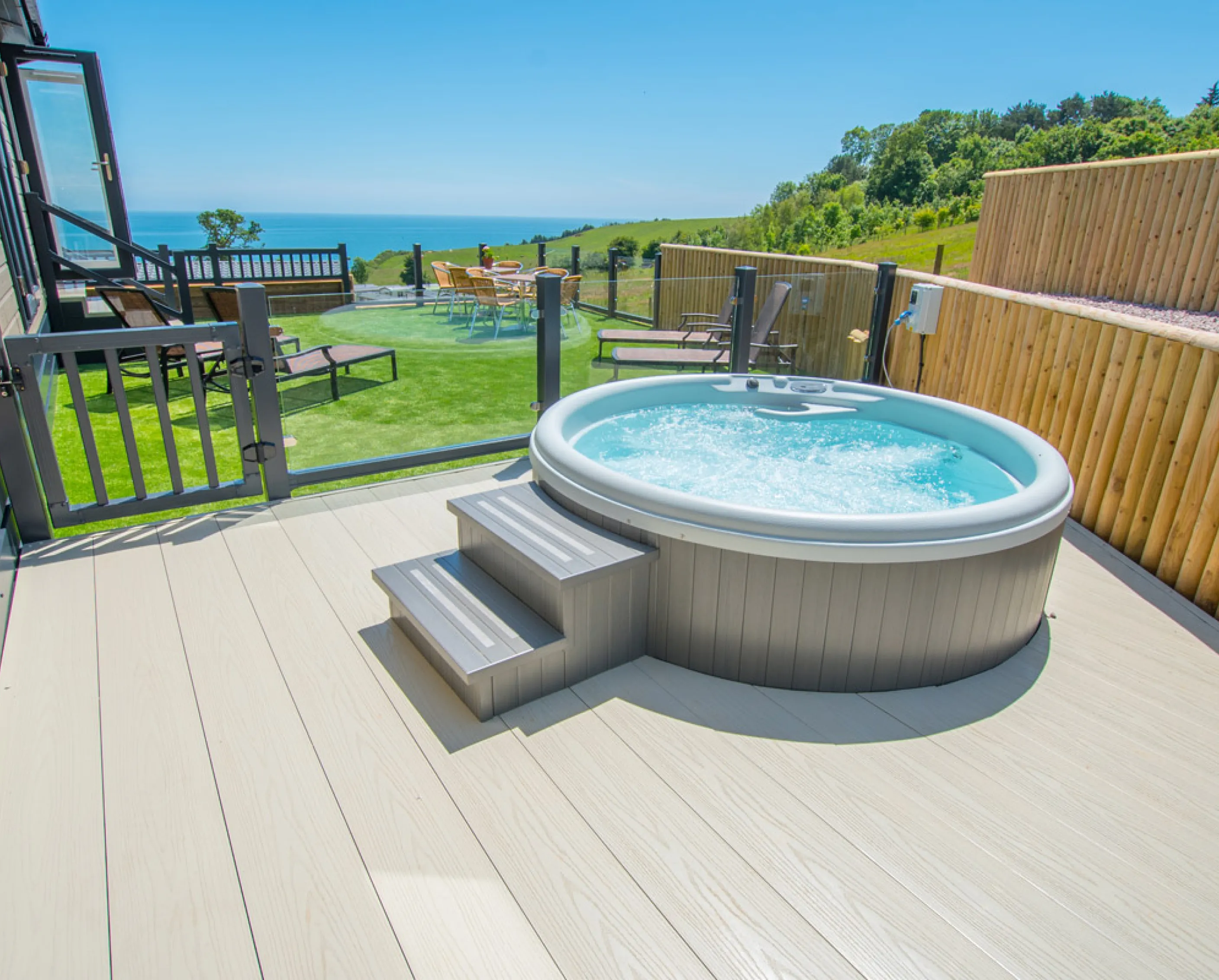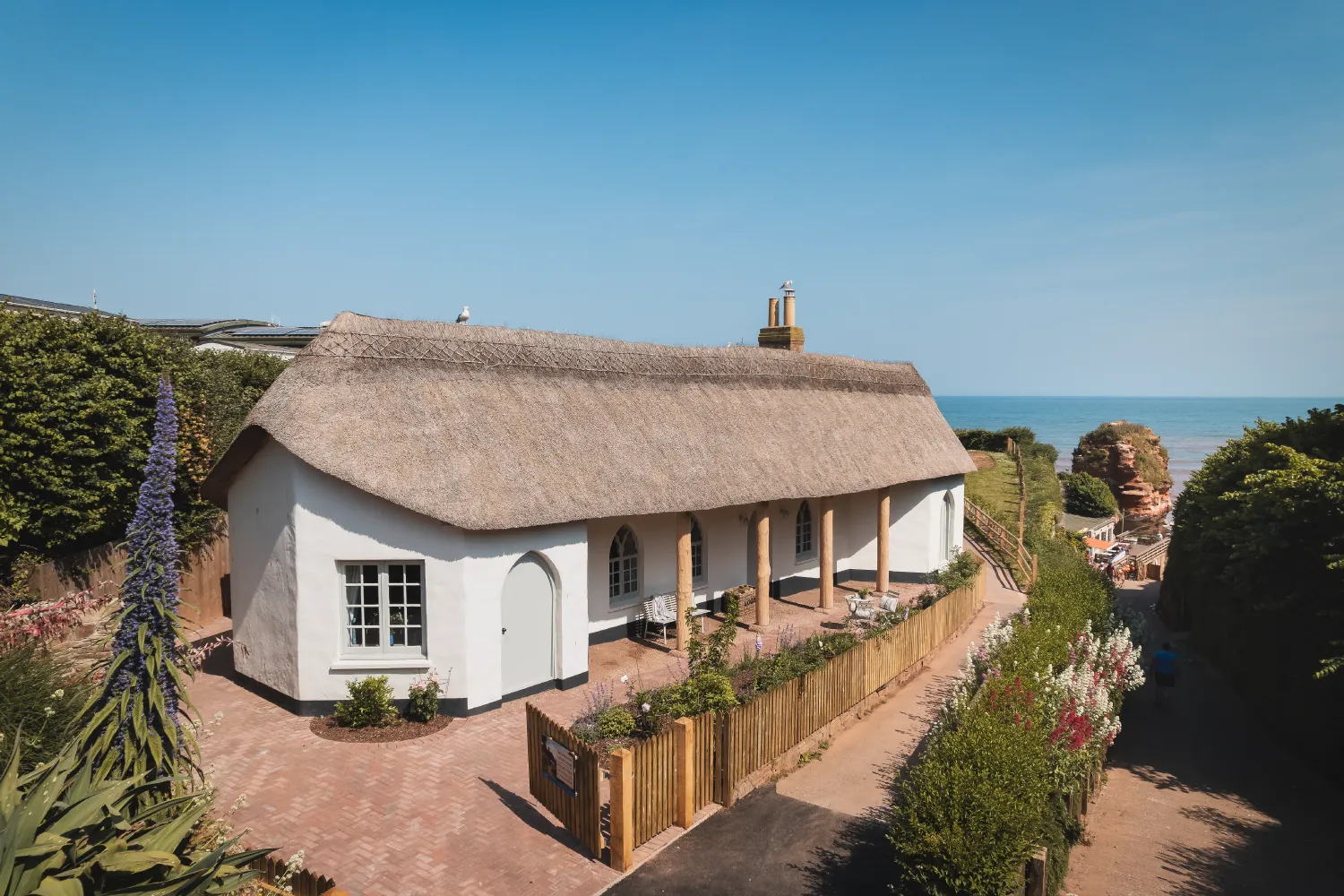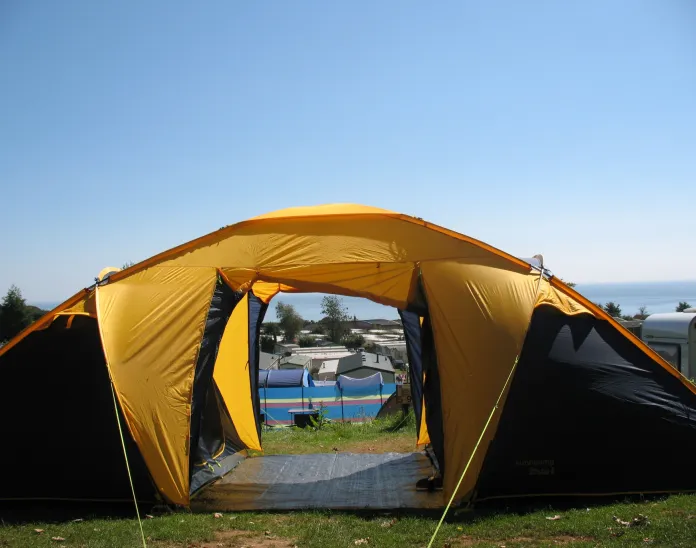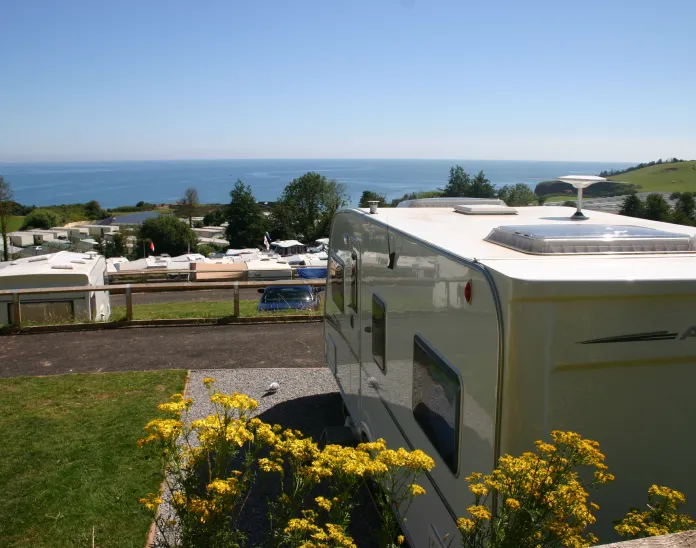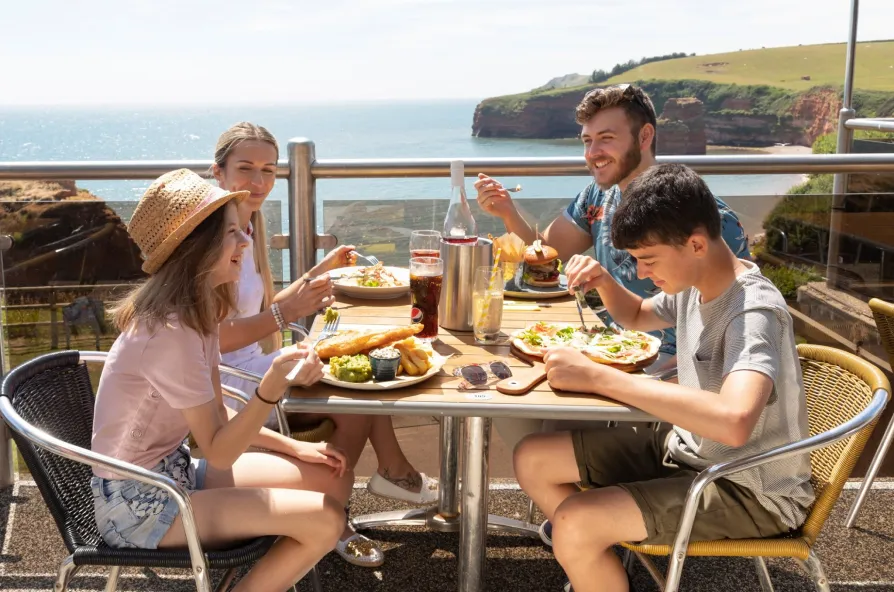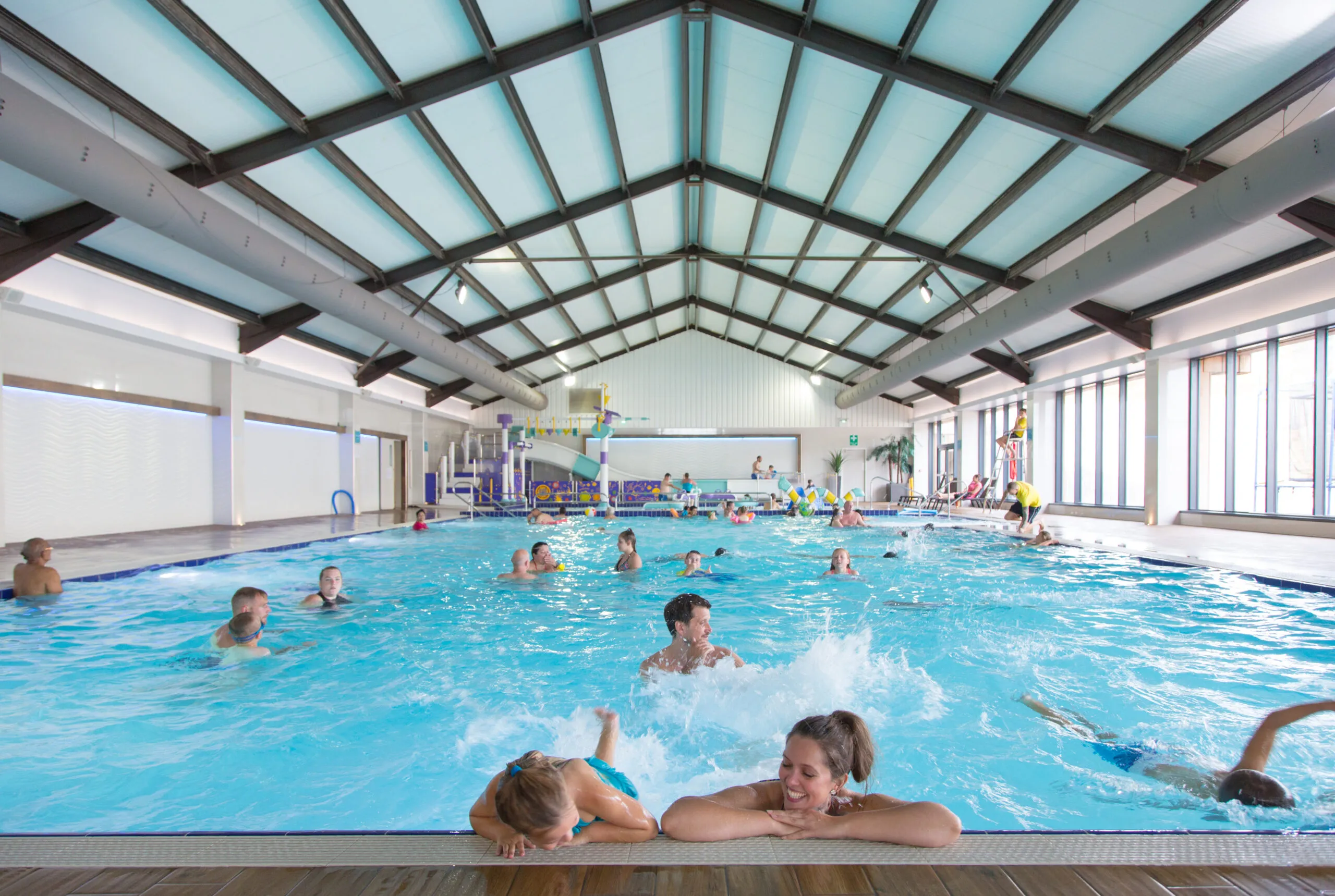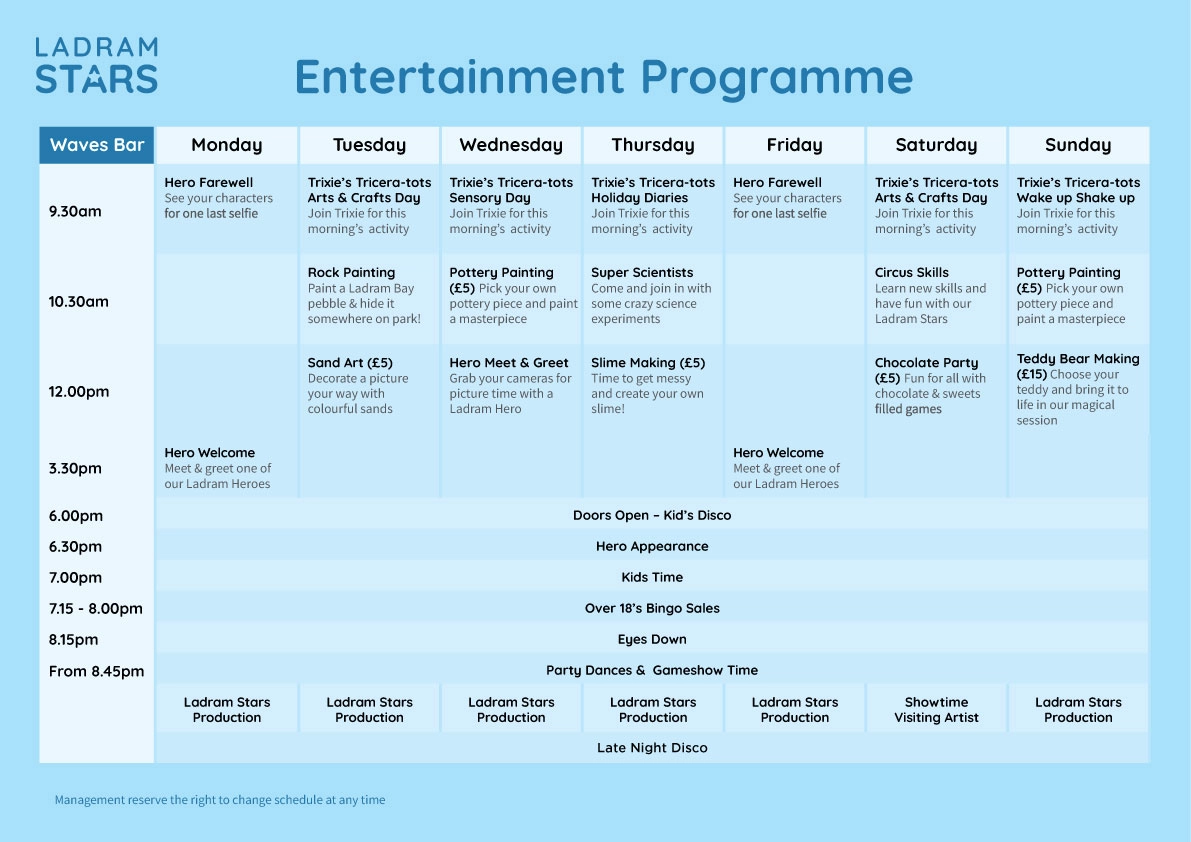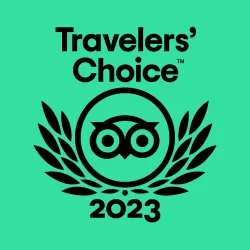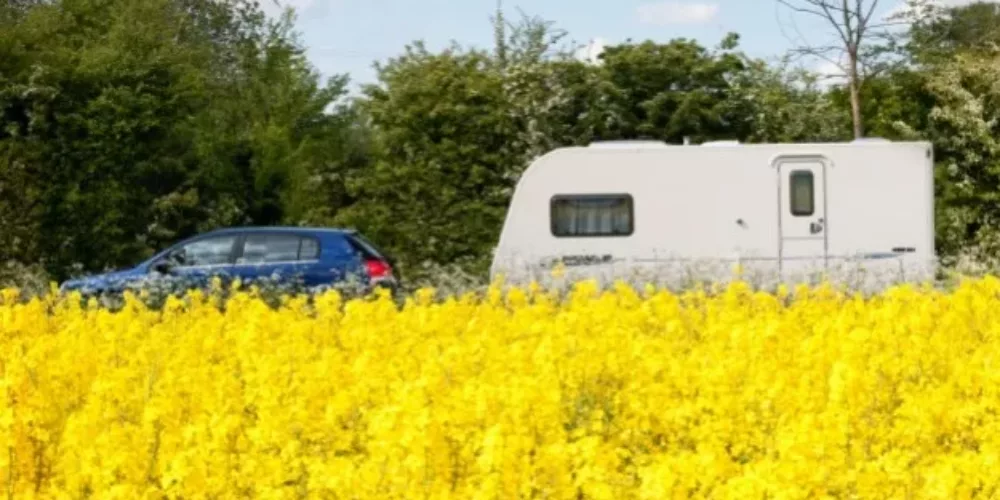
At Ladram we see all abilities of caravan tower; from the tentative amateur to the seasoned pro who backs his portable home up like a Devonshire farmer in the back lanes. The truth is, most sit somewhere in the middle of the two of the spectrums. As the old saying goes ‘practice makes perfect’, so let’s get things started with our A-Z guide for towing a caravan.
Is my vehicle up to the task?
If you’re towing with a new vehicle or caravan be sure to check the suitability for the task in hand. TowCar offers a great free vehicle/caravan matching tool which assesses the potential proficiency (stability rating, weight ratio, speed throughout gear changes, acceleration vs. gradients & maximum gradient advice) of your vehicle vs. your caravan.
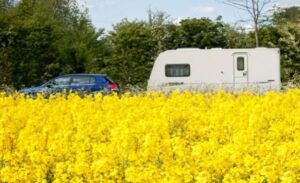
Do I have the correct licence?
This is largely down to when you passed your driving test and it is YOUR responsibility to ensure you’re towing within the law.
Those who passed their driving test before Jan 1st 1997 are permitted to tow up to 8.25 tonnes (MAM – maximum authorised mass) until the expiry date stipulated on your licence.
The waters get muddier for drivers who passed the test after Jan 1st 1997, so lets start with the 3.5 tonne rule – this is an outline for the weight ration limit of caravans and other towing devices. Category B vehicles can carry up to 8 passengers with a MAM of up to 3.5 tonnes (3,500kg). Such vehicles can tow a trailer over 0.75 tonnes (750kg), providing the MAM of the trailer doesn’t exceed the unladen weight of the vehicle and combined they do not exceed 3.5 tonnes.
The trailer’s weight cannot exceed the unladen weight of the car towing it, to put this into perspective a typically trailer tent (unbraked) weighs around 500 kg, while very small caravans weigh in from about 650 kg – but I mean small. These CAN therefore be towed by the average family car such as a Ford Focus 1.6 (1,340kg) – as it’s designed to tow up to 670 kg (unbraked) & 1000 kg (braked). Always bare in mind the MAM of the trailer is key and not its unladen weight.
The B+E Licence
Typically a medium sized caravan will weigh in around the 1300 kg mark and yet again if you passed your test after 1st Jan 1997 you will need an additional test (practical only) to be fully tow legal, this is known as a B+E licence. This will enable you to tow weights over 750 kg & operate of vehicle up to 3.5 tons (3,500 kg)
Under the B+E license there is no limit on the weight ratio of your vehicle & caravan combination, however you should not tow something that exceeds the stipulated weight limit of your vehicle. To find your vehicle’s tow limit click here.
How to weigh your Caravan?
Using one of the UK’s many public weighbridges, many are free but some do charge up to £15 depending on location. Click here to see a list of weighbridges operating in the UK.
– Weigh your vehicle and caravan at its legal minimal weight (ie no luggage).
– Petrol in your car’s tank can weigh anything up to 60 kg, weighing with a full tank is advised.
Step 1: Drive onto the weighbridge with all wheels (including caravan) on the scales, then apply the car/ caravan handbrake before lowering the jockey wheel so that it makes contact with the weighbridge platform. Take measurement.
Step 2: Drive onto the platform with just the caravan wheels remaining on the platform, apply the handbrake and lower the jockey wheel so that it makes contact with the platform, then uncouple the caravan from the vehicle. Take second measurement.
Step 3: Go and collect your printed certificate from the weighbridges office.
Planning your Route
We know the East Devon back lanes like the back of our hand – and their potential pitfalls. Be sure to plan your departing and returning journeys, ensuring you only stick to roads that you (a) feel comfortable driving on & (b) are safe to do so. The guys a Michelin, know a thing or two about getting from A – B and have put together this great route planner that is caravan considerate, with alerts for steep hills and tight bends. Just remember to allow plenty of time to reach your destination, especially if you want to avoid reversing to your pitch in darkness.
The Caravan Reversing Guide:
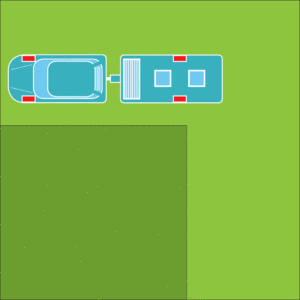 Even the most diligently route planned won’t have a ‘reverse avoidance’ option, you’ll need to learn the basic manoeuvres.
Even the most diligently route planned won’t have a ‘reverse avoidance’ option, you’ll need to learn the basic manoeuvres.
When you reverse your caravan it will feel like it’s initially resisting, before making that familiar clunking sound, this is simply the caravan’s auto-reverse feature – it’s way of telling you whether its going to follow your lead.
Single Axle vs. Twin Axle
Whether your caravan is large or small, the principles are the same, however size does affect the way a caravan reacts. Single axle caravans have the ability to pivot on the wheel enabling them to turn sharply, but also jackknife more easily. The lesser the distance between the caravans axle and your vehicles towball, the quicker the response to changes made on the steering wheel. Twin axle vans might be visually more intimidating, however they do not pivot on the wheels and respond more slowly when reversed, subsequently making them easier to control.
Reverse Straight
Before popping your vehicle into reverse ensure your caravan and vehicle are straight, including the steering wheel. As you begin to move back keep a close eye on the caravan in your mirrors, if the caravan is getting bigger in one mirror move the steering wheel down towards that mirror – a ¼ turn MAX! Once the van returns to its original position (equal in both mirrors) simply return the steering wheel back to its straight positioning.
Reversing Around Corners
In camping terms this mean reversing onto your pitch and it will require you to be correctly positioned from the start in order to completed successfully.
Step 1: Drive past your pitch with your caravan’s rear wheels setting at perpendicular (90º) to the edge of your pitch.
Step 2: Now turn your steering wheel 1 full rotation in the opposite direction from you wish to turn.
Step 3: Start reversing slowly and your caravan will begin to pivot pretty quickly, but keep an eye on it as if you reverse too far (in the procedure laid out in step 2) you will jack-knife. Before the caravan is aligned straight against the pitch (45º), turn the steering wheel in the opposite direction so that your vehicle would be in the same position as the caravan were you reversing solo.
If the caravan moves too far (or not enough) during this process simply straighten up and start again. Bare in mind you can push your caravan to straighten it up once unhitched, so you don’t need to be inch perfect.
Towing on the Roads
Treat towing a caravan like you would driving a car in the wet, give yourself more time! You’ll need to brake earlier and accelerate more sympathetically.
By law, towing vehicles cannot exceed 50 mph on single carriageways and 60 mph on dual carriageways.
On motorways, towing vehicles are not permitted to use the outer land unless instructed to do so, such as a traffic jam or accident.
Mirrors
Ensure that you have view visibility of your caravan, this likely means fitting extension mirrors to your vehicle. Once on holiday don’t forget to remove them when not hitched up, it’s actually illegal to use them when not required as they are potentially dangerous to pedestrians and cyclists.
Miscellaneous Checklist: Dos & Don’ts
-
- Do make a checklist of all required essentials before going on your next caravan holiday.
- Do let traffic pass you if you are causing a traffic jam, it will cost you 30 seconds and save others a lot more than that.
- Do take extra care when overtaking lorries or coaches as air turbulences can cause snakking – even with electronic and friction stabilisers fitted to your caravan.
- Do check that all lights on your caravans rear panel are working.
- Do disconnect your 12v system if you are not unhitching your caravan (think 1 night stays), this removes any chance of you draining your car battery.
- Do clean your caravan after your holiday, clean out your fridge with an Anti-Bac spray and keep the fridge door open until next year.
- Do check your caravan’s roof hatch is property closed during journeys.
- Don’t carry passengers in a caravan while towing, it’s illegal in the UK.
- Technically pets can be transported in a moving caravan, however it is not recommended and may cause unnecessary stress on your beloved pet.
- Don’t use a homemade cardboard number plates, any number plate on your caravan must conform to an approved British Standard
- Don’t forget 4 wooden blocks to stabilize your caravan with.
- Don’t park your caravan in parking bays with meters.
- Don’t instinctively brake if your caravan begins to sway, instead use engine braking to reduce speed gradually.
Image via the Highways Agency on Flickr
